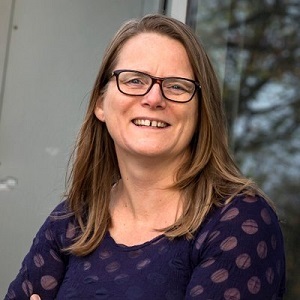
Prof. dr. Elly Hol

The aim of our research is to understand the role of glia in various brain diseases, such as Alzheimer’s disease and glioma, and to study the regenerative potential of the astrocytic stem cells in brain diseases. Glial cells consist of astrocytes, microglia and oligodendrocytes, and are the most predominant cell type in the brain. Glia regulate local microcirculation, modulate the communication between neurons, and are the stem cells in the brain. Over the years, it has become increasingly clear that glia are involved in many brain diseases. Astrocytes can become reactive, which is likely to affect brain functioning. We use various techniques and model systems to unravel the molecular and functional changes in glia and how this contributes to the pathology of various brain diseases. The ultimate goal of our research is to contribute to developing therapeutic strategies to control reactive gliosis and to stimulate the endogenous repair capacity of the astrocytic stem cells in brain diseases.



















